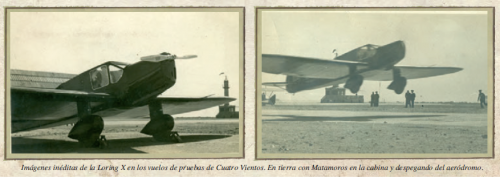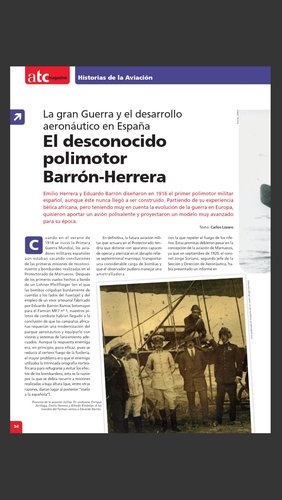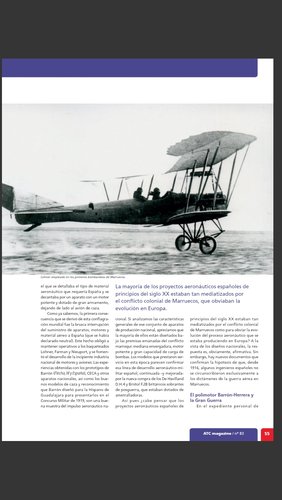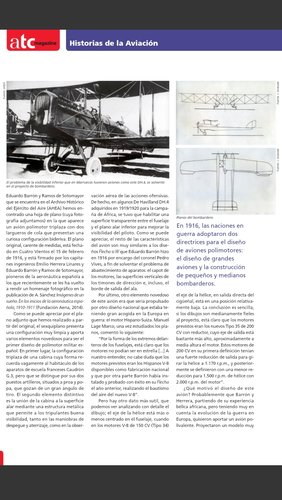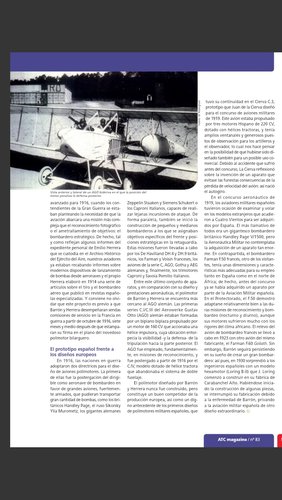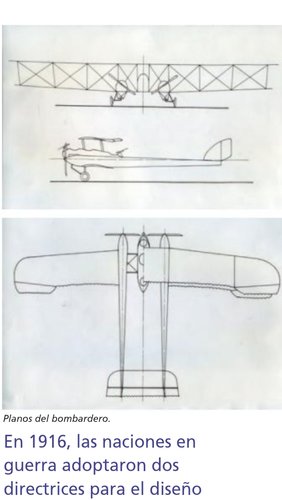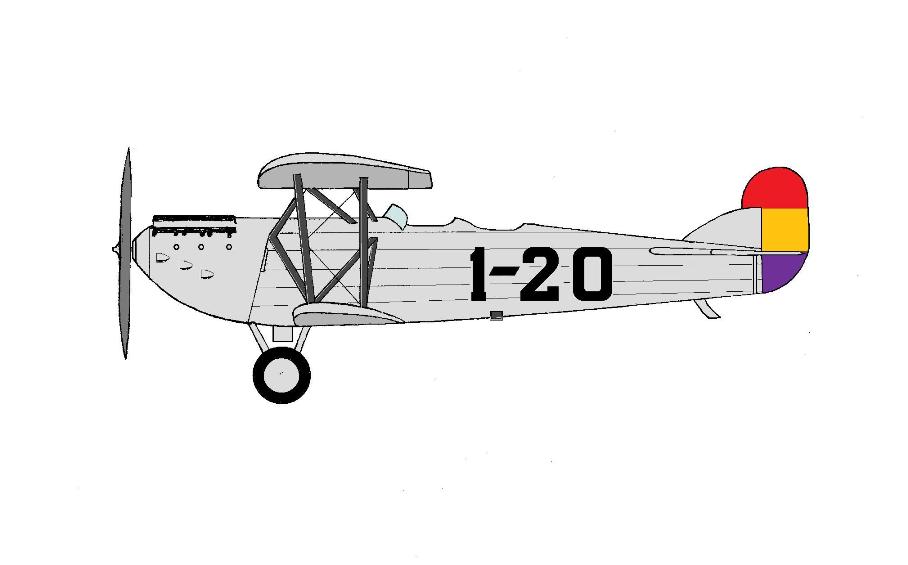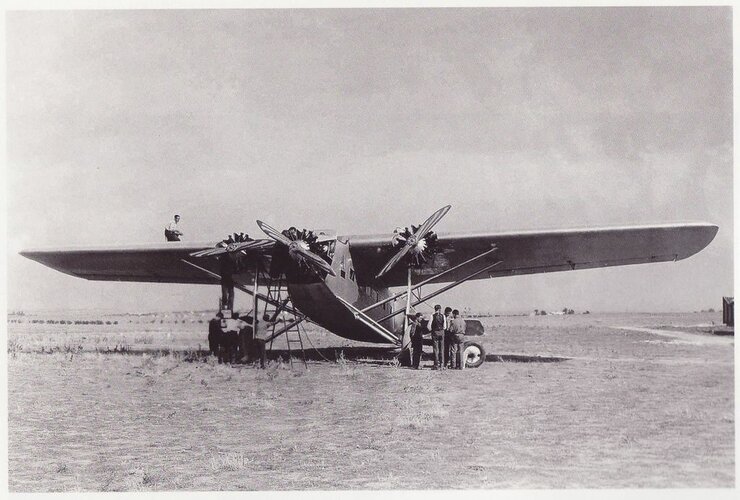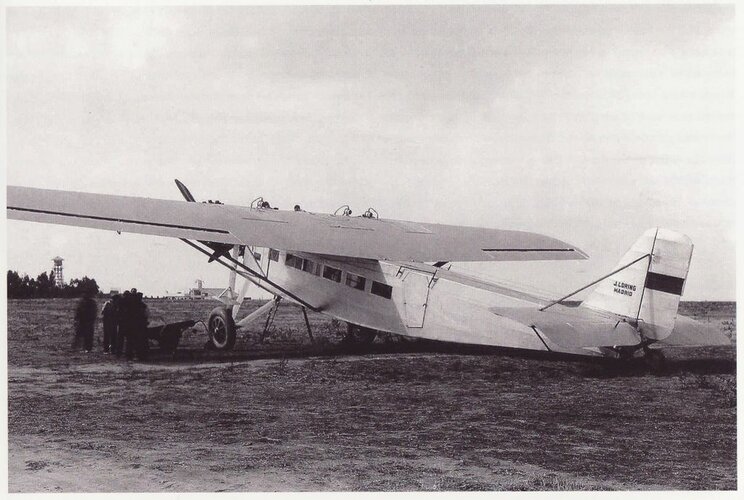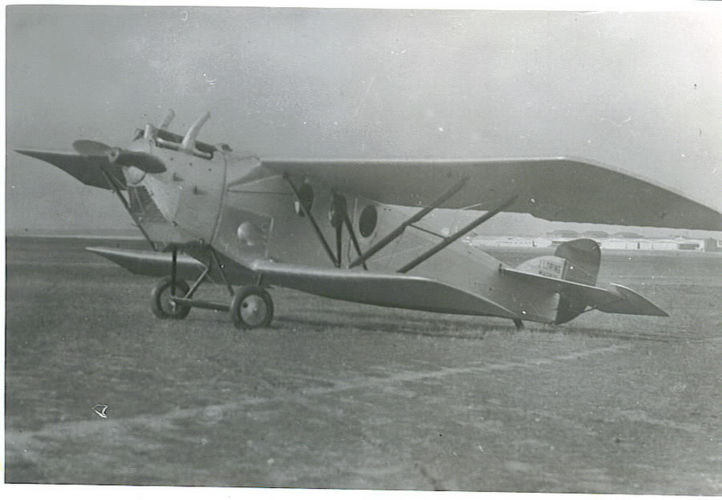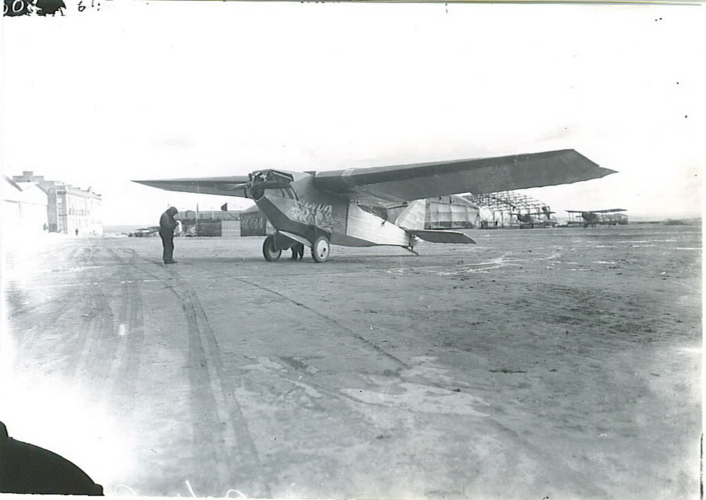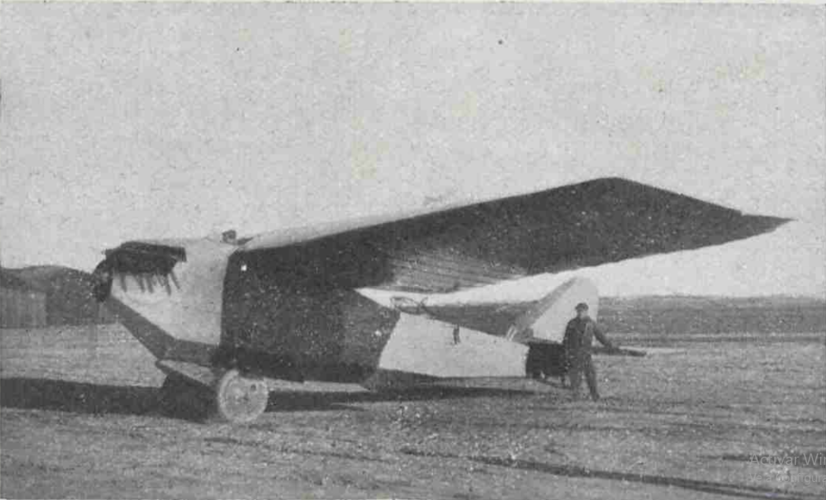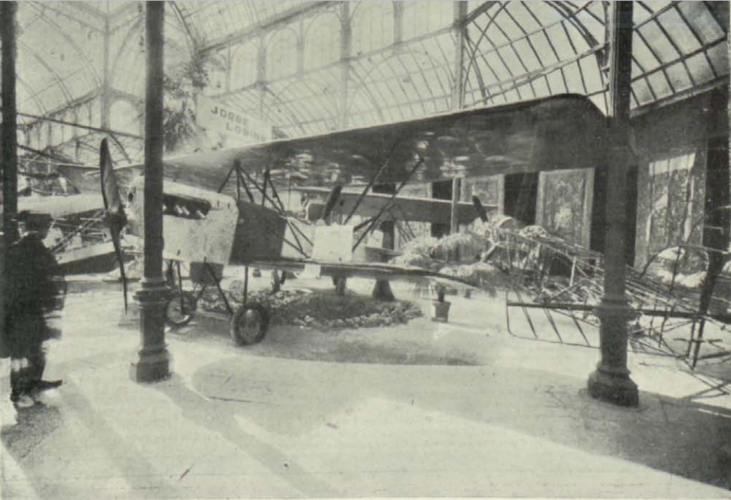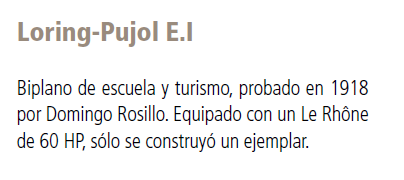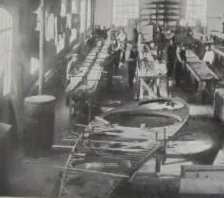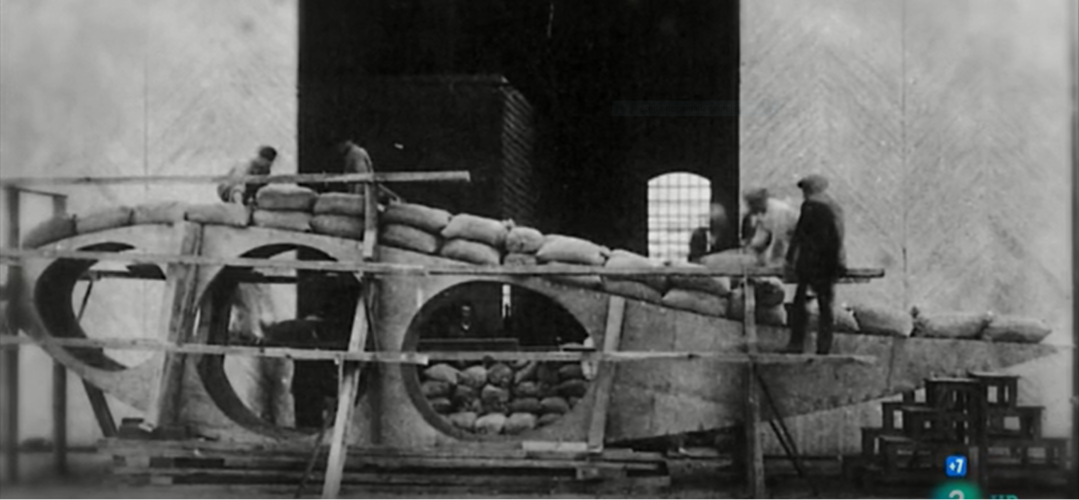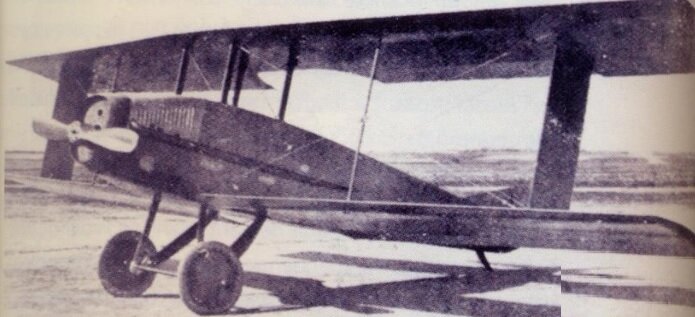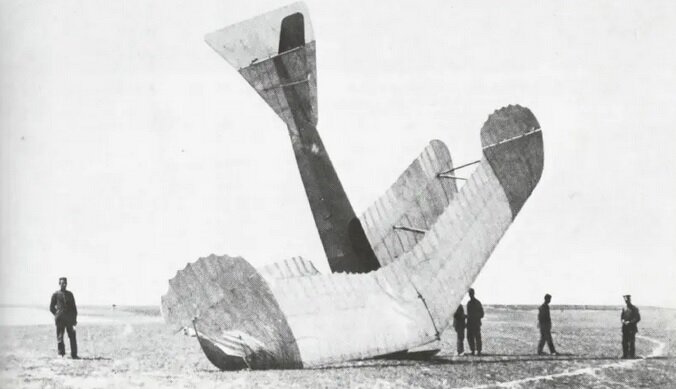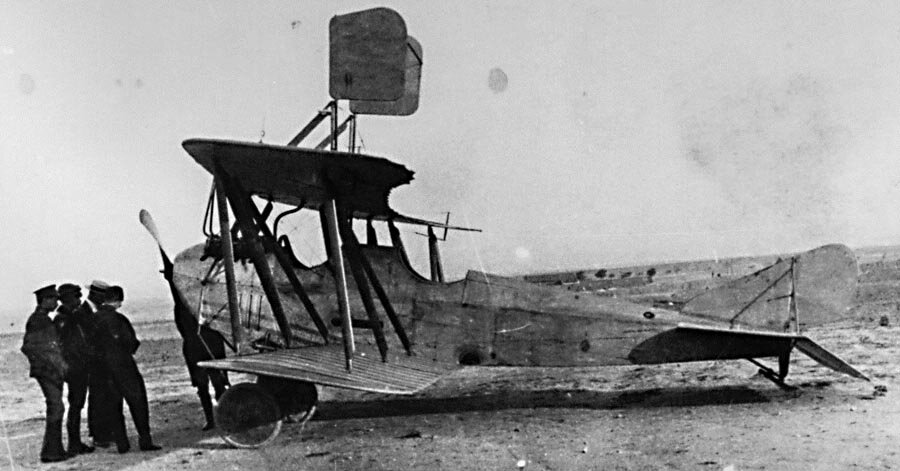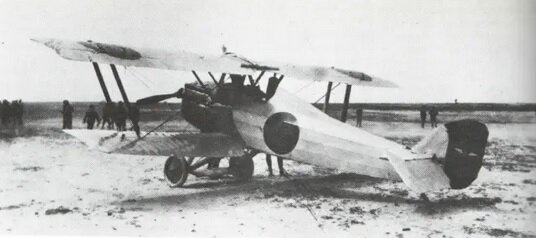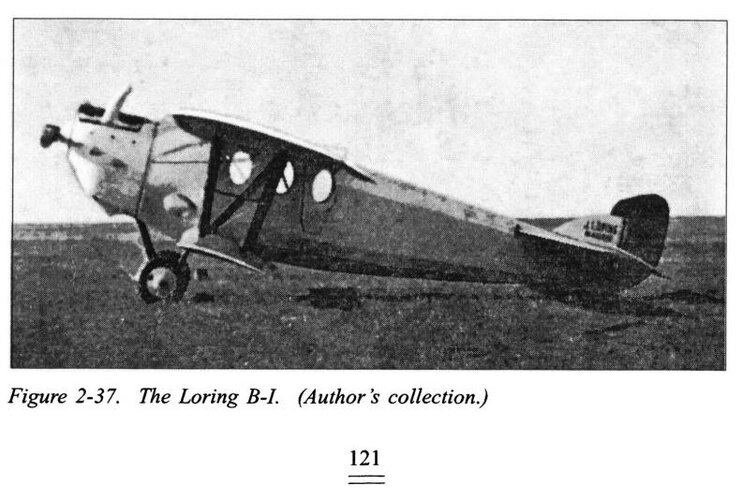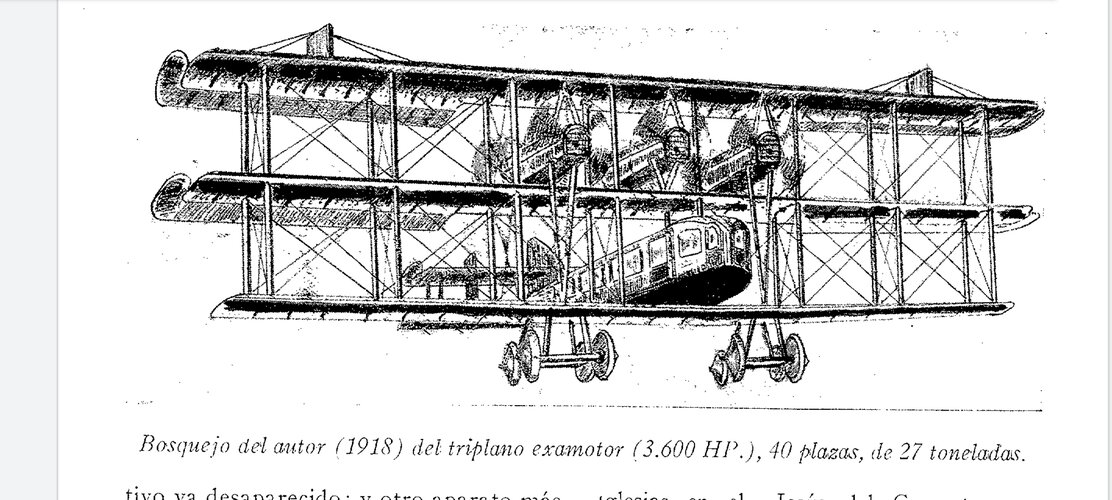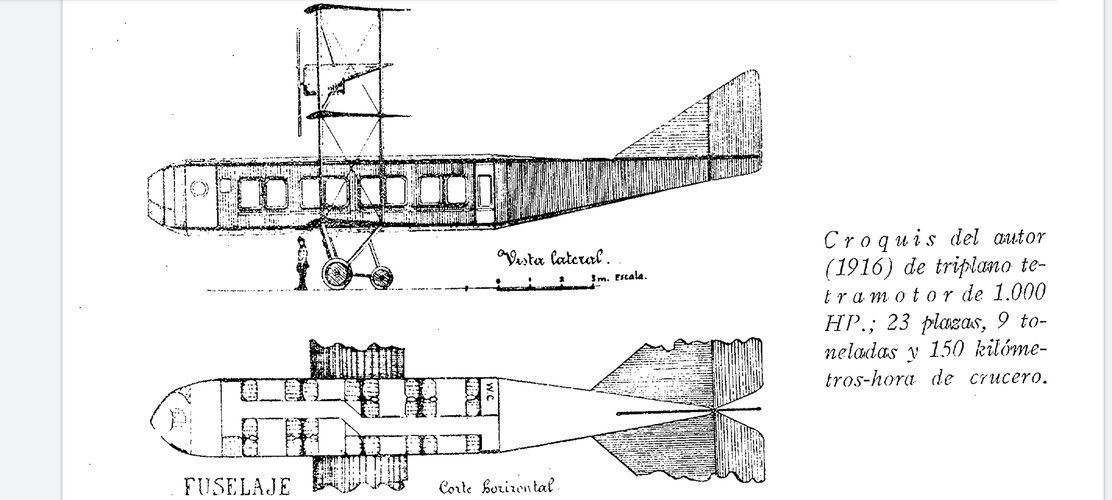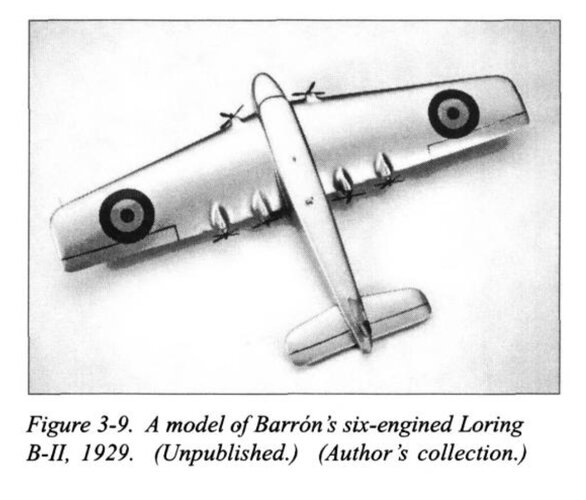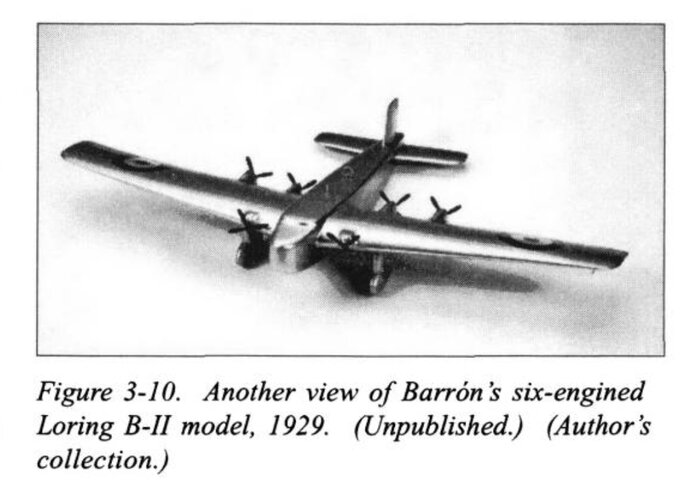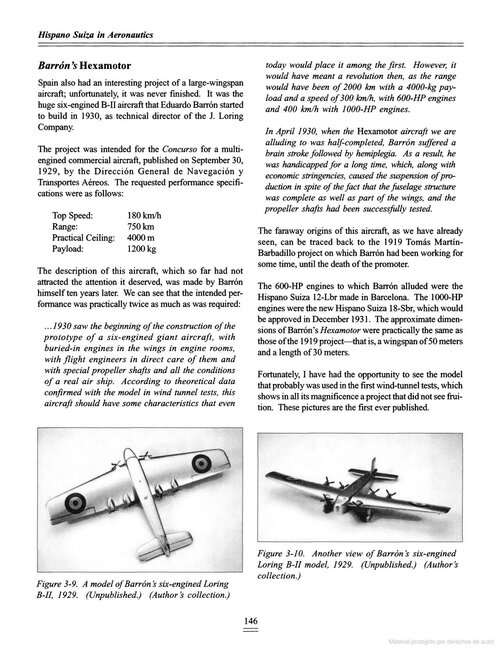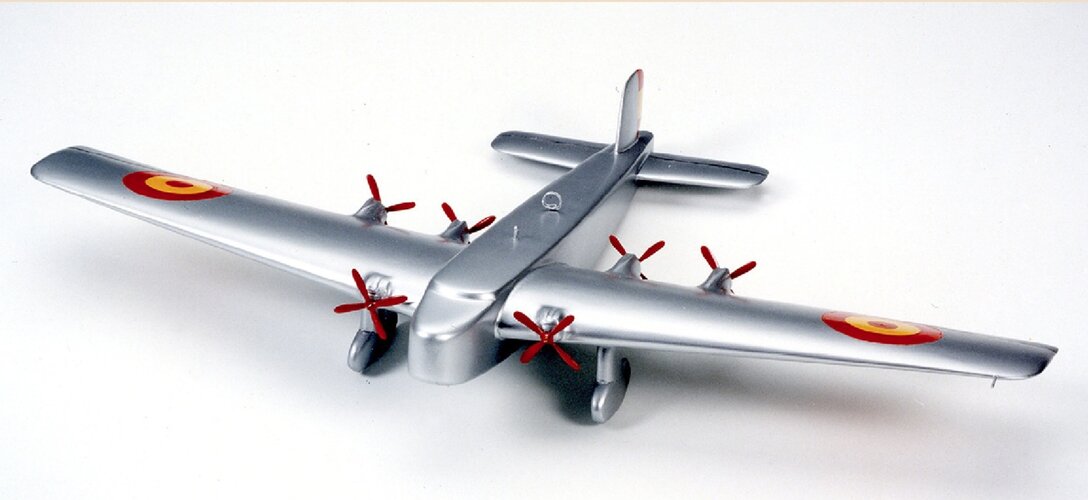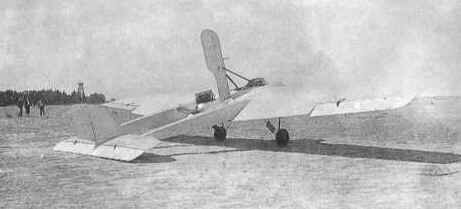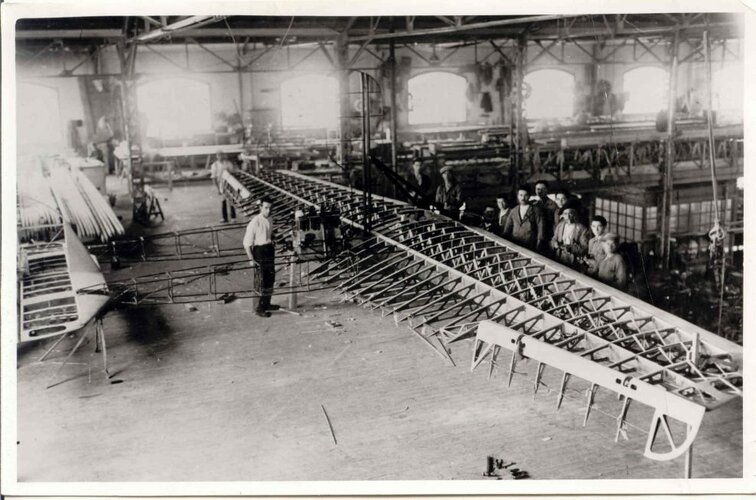Early aircraft designed by Eduardo Barrón and built by Talleres de Cuatro Vientos:
- Barrón Flecha, observation biplane, adapted from a Lohner design, 6 built in Cuatro Vientos, 12 built by Carde y Escoriaza, Zaragoza, 1915
- Barrón W, observation biplane, 12 built in Cuatro Vientos, 1915
- Barrón Delta, observation biplane, prototype built in Cuatro Vientos, 1916
- (Barrón Triplano), no-name triplane fighter, prototype built in Cuatro Vientos, 1917
Aircraft supervised by Barrón and built by Pujol in Barcelona:
- España, fighter biplane, adapted from the Spad VII, 12 built by Pujol, Comabella y Cía, later Loring, Pujol y Cía, 1917-18
Aircraft designed by Barrón for La Hispano in Guadalajara:
- Hispano-Barrón no-name observation biplane, prototype, 1919
- Hispano-Barrón no-name fighter biplane, prototype, 1919
Aircraft designed by Jorge Loring at Loring, Pujol y Cía in Barcelona, and built by Talleres Hereter:
- Loring no-name observation biplane, prototype, 1919 (competing with the Hispano-Barrón)
Project designed by Barrón and Martín-Barbadillo:
- Martín-Barbadillo no-name six-engine triplane, project only, 1919-20
Aircraft and projects designed by Barrón and built by Talleres Loring, Carabanchel, Madrid:
- Loring RB, observation monoplane, prototype, 1923 (source for the RB name is http://www.network54.com/Forum/394728/message/1207317130/Fotograf%EDas+de+aviones+Loring+por+cortes%EDa+de+Jos%E9+Luis+Gonz%E1lez+Serrano-)
- Loring R-I, two-seat biplane, observation and light bombing, 30 built, 1925
- Loring R-II, one prototype taking heavier load than the R.I, ca.1925, no other info
- Loring R-III, biplane, observation and light bombing, 4 prototypes (1926) and 110 series aircraft (1927)
- Loring T-I, biplane trainer and light aircraft, one prototype, 1926
- Loring C-I, fighter, one prototype, 1927 or 1928
- Loring B-I, commercial biplane for 5 passengers, derivative of the R.III, prototype, 1929 or 1930
- Loring B-II, six-engine commercial monoplane, construction started but not finished, 1930
- Loring E-I, two-seat twin-boom light monoplane, prototype, 1929
- Loring E-II, parasol wing light monoplane, at least 4 built, 1930
- (Loring Trimotor), no-name three-engine "colonial" aircraft, 1931
Probable meaning of the initials:
- RB = Reconocimiento Barrón (??)
- R = Reconocimiento
- T = Turismo (?)
- C = Caza
- B = Barrón (??)
- E = ??
Barrón left Loring in 1932, and the company was reorganized as AISA (Aeronáutica Industrial S.A.) in 1934.
Last aircraft named after Loring, built by AISA:
- Loring X, two-seat low-wing monoplane, 1934
Other aircraft built by Talleres Loring in Carabanchel, whose designations are not related to the above:
- Fokker C.IV, 20 built under license, 1924-25
- Fokker F.VIIb/3m, 3 built under license, 1932
- Cierva C-7 autogyro, also called Loring C-VII
- Cierva C-12 autogyro, also called Loring C-XII
In 1934, Loring became AISA (Aeronáutica Industrial Sociedad Anónima).
Main sources:
- Hispano-Suiza 1904-1972 – Hombres, empresas, motores y aviones by Manuel Lage, LID, 2003, ISBN 8488717296
- "Eduardo Barrón y Ramos de Sotomayor", by José Warleta Carrillo, in Aeroplano no.6, 1989
- Barrón Flecha, observation biplane, adapted from a Lohner design, 6 built in Cuatro Vientos, 12 built by Carde y Escoriaza, Zaragoza, 1915
- Barrón W, observation biplane, 12 built in Cuatro Vientos, 1915
- Barrón Delta, observation biplane, prototype built in Cuatro Vientos, 1916
- (Barrón Triplano), no-name triplane fighter, prototype built in Cuatro Vientos, 1917
Aircraft supervised by Barrón and built by Pujol in Barcelona:
- España, fighter biplane, adapted from the Spad VII, 12 built by Pujol, Comabella y Cía, later Loring, Pujol y Cía, 1917-18
Aircraft designed by Barrón for La Hispano in Guadalajara:
- Hispano-Barrón no-name observation biplane, prototype, 1919
- Hispano-Barrón no-name fighter biplane, prototype, 1919
Aircraft designed by Jorge Loring at Loring, Pujol y Cía in Barcelona, and built by Talleres Hereter:
- Loring no-name observation biplane, prototype, 1919 (competing with the Hispano-Barrón)
Project designed by Barrón and Martín-Barbadillo:
- Martín-Barbadillo no-name six-engine triplane, project only, 1919-20
Aircraft and projects designed by Barrón and built by Talleres Loring, Carabanchel, Madrid:
- Loring RB, observation monoplane, prototype, 1923 (source for the RB name is http://www.network54.com/Forum/394728/message/1207317130/Fotograf%EDas+de+aviones+Loring+por+cortes%EDa+de+Jos%E9+Luis+Gonz%E1lez+Serrano-)
- Loring R-I, two-seat biplane, observation and light bombing, 30 built, 1925
- Loring R-II, one prototype taking heavier load than the R.I, ca.1925, no other info
- Loring R-III, biplane, observation and light bombing, 4 prototypes (1926) and 110 series aircraft (1927)
- Loring T-I, biplane trainer and light aircraft, one prototype, 1926
- Loring C-I, fighter, one prototype, 1927 or 1928
- Loring B-I, commercial biplane for 5 passengers, derivative of the R.III, prototype, 1929 or 1930
- Loring B-II, six-engine commercial monoplane, construction started but not finished, 1930
- Loring E-I, two-seat twin-boom light monoplane, prototype, 1929
- Loring E-II, parasol wing light monoplane, at least 4 built, 1930
- (Loring Trimotor), no-name three-engine "colonial" aircraft, 1931
Probable meaning of the initials:
- RB = Reconocimiento Barrón (??)
- R = Reconocimiento
- T = Turismo (?)
- C = Caza
- B = Barrón (??)
- E = ??
Barrón left Loring in 1932, and the company was reorganized as AISA (Aeronáutica Industrial S.A.) in 1934.
Last aircraft named after Loring, built by AISA:
- Loring X, two-seat low-wing monoplane, 1934
Other aircraft built by Talleres Loring in Carabanchel, whose designations are not related to the above:
- Fokker C.IV, 20 built under license, 1924-25
- Fokker F.VIIb/3m, 3 built under license, 1932
- Cierva C-7 autogyro, also called Loring C-VII
- Cierva C-12 autogyro, also called Loring C-XII
In 1934, Loring became AISA (Aeronáutica Industrial Sociedad Anónima).
Main sources:
- Hispano-Suiza 1904-1972 – Hombres, empresas, motores y aviones by Manuel Lage, LID, 2003, ISBN 8488717296
- "Eduardo Barrón y Ramos de Sotomayor", by José Warleta Carrillo, in Aeroplano no.6, 1989

